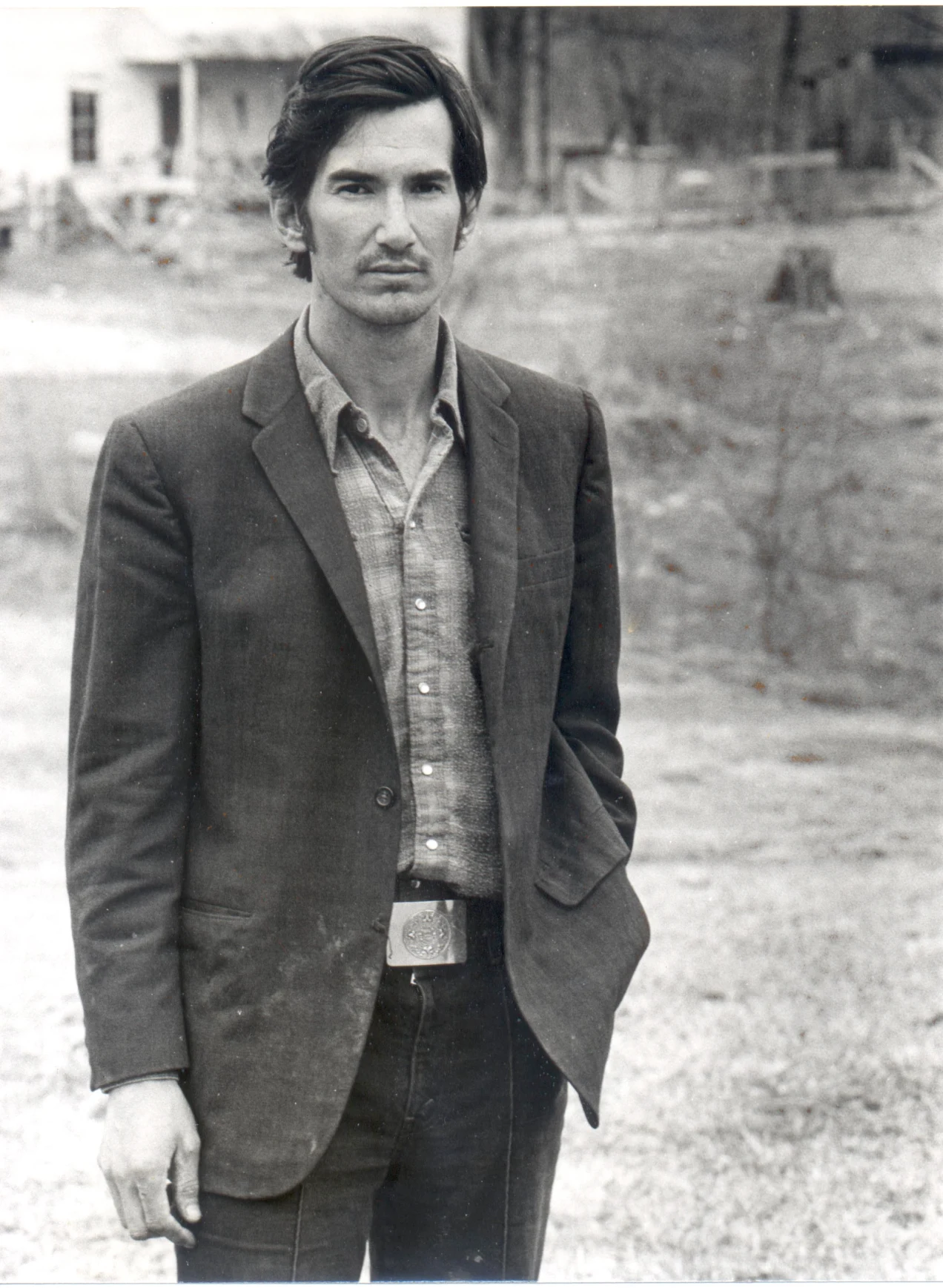Townes Van Zandt was born in Texas in 1944. He died, after years of mistreating himself, of cardiac arrhythmia in 1997. As a musician he tends to be classified – by those who see fit to classify – as a country singer, although his principal influences (Bob Dylan, Lightnin’ Hopkins, Mississippi John Hurt) were schooled primarily in folk and blues.
The first Townes I heard was his Live at the Old Quarter album, recorded in 1973 and released in 1977. I bought the album purely on the strength of his reputation, having been vaguely aware of him for some years but never having heard a note of his music. I remember the purchase was inspired in part by a typically hyperbolic piece by Alan McGee in his Guardian blog. My initial impression was that Van Zandt was a gifted lyricist, a functional melodist, a decent but not brilliant singer, and a talented acoustic guitarist; as well as having been, generally, a pretty funny guy. I largely stand by all of the above. But (and look who’s hyperbolic now!) it took me some time before I realised that Townes was also a giant of 20th century popular music.
McGee had suggested that the Old Quarter was the best place to get a Van Zandt fix because his studio albums were ‘uneven’ and ‘dated by their production’. Working through chronologically as I did, one would be forgiven for jumping to the same conclusion. Certainly his debut, 1968’s For The Sake Of A Song, is flowery and ornate, with a heavy reverb on the voice which doesn’t do any favours to the intimacy of Van Zandt’s songs. Cleary Townes himself felt as much; he re-recorded several of the songs on later albums. The following year’s Our Mother The Mountain is a little sparer and the better for it, but the reverb is still overdone, and the flute sure is overused.
His self-titled third album, however, also from 1969, is a vast improvement; in fact it is one of the great singer-songwriter albums. From the opening guitar notes of the remade For The Sake Of A Song, to the closing None But The Rain, there’s rarely a moment less than brilliant. The songs are consistently top notch: (Quicksilver Dreams Of) Maria must be as beautiful and poetic a love song as any in the pop idiom, while I’ll Be Here In the Morning is light as a feather and similarly gorgeous. Other highlights include the bleak and oft-covered Waitin’ Around To Die, and the magnanimous Don’t You Take It Too Bad, which might just be my own personal favourite.
The production is crisp and unfussy. The arrangements feel sparser than on his first two albums, but I suspect that’s simply because they’re better-suited. Most of the songs are actually still a fair way from being just Townes and his guitar, but lovely touches abound: the percussion on the jaunty Columbine, the harpsichord on For The Sake…, the subtle harmonica (well, at least as subtle as harmonica ever gets!) on I’ll Be Here…, some great bass playing on Fare Thee Well, Miss Carousel.
Generally when you assess the major figures in pop music, whether Louis Armstrong, Frank Sinatra, Miles Davis, The Beatles, Jimi Hendrix, Sly Stone, Kraftwerk, Bob Marley, you find that they advanced music in some formal sense. They opened doors, did new things; broke boundaries. They made kinds of music that couldn’t have been (or at least weren’t) created in times gone by. But Townes is different; stylistically his music is unremarkable. Listeners who come to him with a working knowledge of Dylan and the singer / songwriters of the late 60s and early 70s will find little in his music to surprise them, other than the simple brilliance of his songs. That should be more than enough.
